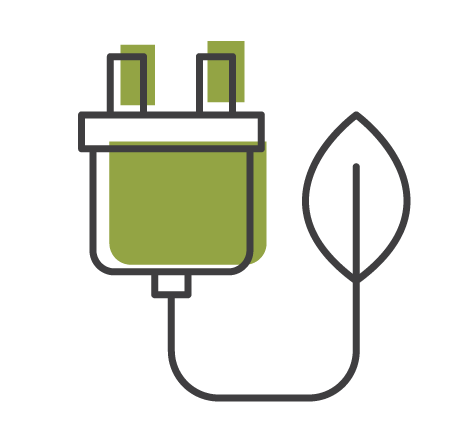Eskom finalising plans for old coal-fired power stations to potentially run on gas, nuclear
- Published:
Eskom says it will ‘decouple’ the shutdown of old coal plants from its Just Energy Transition strategy, and is exploring repurposing them for gas or nuclear power.
“Clean coal”, natural gas or nuclear? In the next six months, South Africans should have a clearer picture of how Eskom thinks some of its aged coal-fired power plants will operate going forward following their “repurposing”.
In 2021, as part of its Just Energy Transition (JET) strategy, Eskom committed to “retiring nine coal-fired power stations by 2035, not investing in new coal plants nor returning to service coal plants”. This was in line with the 2019 Integrated Resources Plan, which anticipated that about 11,000 MW of coal capacity would be decommissioned by 2030.
In the time since, the approach has evolved with the shutdowns being delayed and managed to balance emission reduction commitments with the need to maintain grid stability and avoid exacerbating load shedding.
In recent weeks, that approach has been codified into a strategy that may see coal stations that were once due to be shut down finding a second life as nuclear power stations.
Read more: Delaying coal power plant shutdowns could push costs to R90bn, warns Eskom CEO
Presenting its Strategic Corporate Plan for 2025-2030, its Shareholder Compact for 2025-2026 and Budget for 2025-2026 to Parliament’s portfolio committee on energy and electricity, Eskom board chairperson Mteto Nyati last week explained: “What we have also done is to decouple the shutdown of the power stations from the implementation of the JET strategy and that decoupling has meant that now we are going to be doing what we’re calling ‘repurposing’ of those power stations way before we shut them down so that we do not negatively impact the communities that depend on those power stations.”
The JET was one element of Eskom’s part of South Africa’s broader energy transition, where the country would, in line with international treaties, climate imperatives and the realities of the energy market, reduce the carbon intensity of South African society and its economy.
South Africa has pledged to reduce emissions to between 350 and 420 million metric tons annually by 2030, down from the current 442 million tons per year under its updated Nationally Determined Contribution (NDC) submitted to the United Nations Framework Convention on Climate Change in 2021.
Eskom is the largest contributor to South Africa’s greenhouse gas emissions and the majority of those emissions, in turn, come from the utility’s fleet of coal-fired power stations.
Gas, nuclear or something else?
Speaking to Daily Maverick in Parliament last week, Acting Director-General of the Ministry of Electricity and Energy Subesh Pillay said that whether the repurposing of the stations would mean they would generate electricity using natural gas or nuclear energy, or something else altogether, hadn’t yet been finalised.
“The repurposing of power stations, firstly, is technology neutral. So it could be nuclear, it could be clean coal technology, it could be gas. Yes, nuclear is a big consideration because if you look at SMR (small modular reactors) as a technology, the location of the existing power plants makes it (feasible because of) grid access, you’ve got EIA (environmental impact authorisation) approvals, you’ve got a site that’s designed for those kind of applications. So existing sites does lend itself to maximise the assets that you’ve got there, to invest in small modular reactor technology on those existing sites. That detailed work is what Eskom is currently finalising now,” said Pillay.
Briefing Parliament’s portfolio committee on energy and electricity a day earlier than Eskom, Nuclear Energy Corporation of South Africa CEO Loyiso Tyabashe said: “We’re looking at partnering with Eskom for fleet rollout and repurposing of their coal power stations going forward.”
In response to a question from members about specific timelines, Nuclear Energy Corporation of South Africa board chairperson David Nicholls said: “My view is that if we were to go with a (small modular reactor) design that is currently in commercial operation, for example the Chinese or the Russians, but quite likely the Chinese because the technology is PBMR (pebble bed modular reactor) style, then we could have the lead unit up and running on the Pelindaba site probably around 2031/2032.
“Prior to the startup of the actual reactor, it would be highly credible for follow-on machines to be ordered because we would know the Chinese design works and we’d have got far enough in the construction of the first one to sort out licensing, regulations, economics and the rest of it, so idealistically by the mid-2030s we could be rolling out small modular reactors on to decommissioned sites of the old coal stations,” Nicholls said.
Asked about which power stations would be earmarked for such repurposing and which technologies would be used, Pillay said: “At the programmatic level, within the next six months, we should be able to say which power stations, what technology are we pursuing and that will include across the board, gas, nuclear and clean coal.”
Health impact
While the details about Eskom’s coal fleet’s future are being worked on, the cost of delay mounts. A 2023 report from the Centre for Research on Energy and Clean Air found that if the decommissioning of the country’s coal plants only begins in 2030 or beyond, it would cause a projected 15,300 excess air pollution-related deaths and economic costs of R345-billion.
How this changes if the stations are repurposed is less apparent.
Ntombi Maphosa, an attorney at the Centre for Environmental Rights, told Daily Maverick that she was unable to comment fully without knowing which plants were due for repurposing.
“What I can highlight, though, is that in 2024, former minister Barbara Creecy directed Eskom to submit detailed decommissioning plans for Camden, Hendrina, Arnot, Grootvlei, and Kriel. Eskom has indicated that these will be submitted in May this year. Eskom is obliged to run a participation process on the decommissioning plans, and that is one of the fora where meaningful engagement must take place with affected communities.
“We have always advocated for the timely decommissioning of ageing power plants, especially because most Eskom power stations do not operate in accordance with air pollution laws (the Minimum Emission Standards). Furthermore, the five power stations mentioned above have been granted suspensions from the emission standards, meaning they will be allowed to pollute at higher levels than allowed in the Minimum Emission Standards until they are decommission,” said Maphosa.
“Keeping the power stations operational for longer and in non-compliance with the Minimum Emission Standards will impact the health and wellbeing of affected communities and exacerbate air pollution in the Highveld (which is already extremely polluted, resulting in deaths and illness). This is taking place, despite the Deadly Air judgment, which was recently confirmed by the Supreme Court of Appeal.”
“The Deadly Air judgment holds that the right to an environment not harmful to health and wellbeing is immediately realisable. This principle should always be considered in every decision-making process and how it is going to affect people,” she said.
Francesca de Gasparis, Executive Director at the South African Faith Communities’ Environmental Institute echoed Maphosa’s sentiments.
“Plans like those proposed by Eskom for the power plant repurposing need effective public participation and much more information in the public realm on the true costs (whole life cycle of energy system), jobs, climate and safety implications, and affordability of the electricity from these sources. A Just Energy Transition requires Eskom to start operating in a very different way from what it has done historically,” she said.
“Communities are not being given the opportunity to be meaningfully consulted. This is at risk of repeating patterns of exclusion, once again not realising the opportunity for development or to strengthen democratic processes and community participation.
“The government seems not to be following democratic processes or understanding its role in terms of service delivery or what will be necessary to tackle climate change and ensure vulnerable communities do not suffer as a result of poor decision making. Eskom is beset with problems and is increasing electricity tariffs by double digits each year, and yet their planning and updated strategy show how out of touch they are with lived reality for many South Africans.” DM
This article was first published by Daily Maverick:
👉 https://www.dailymaverick.co.za/article/eskom-decouples-plant-shutdowns-from-just-energy-transition-strategy/
Who we are
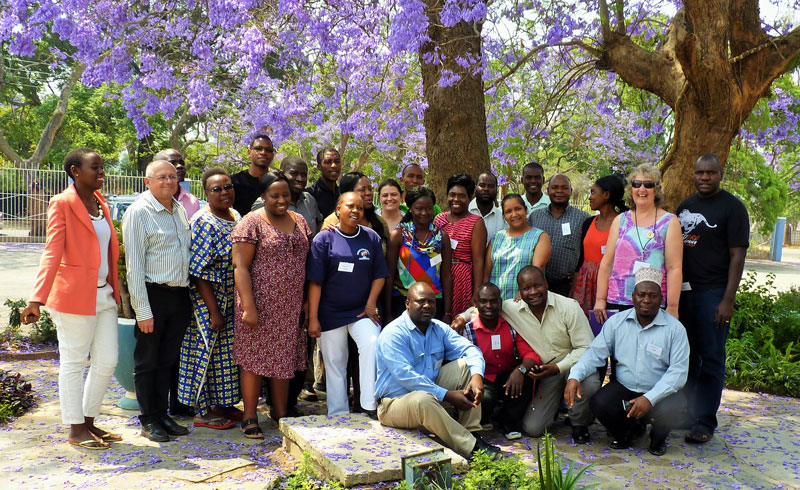
SAFCEI (Southern African Faith Communities’ Environment Institute) is a multi-faith organisation committed to supporting faith leaders and their communities in Southern Africa to increase awareness, understanding and action on eco-justice, sustainable living and climate change.
Featured Articles
-
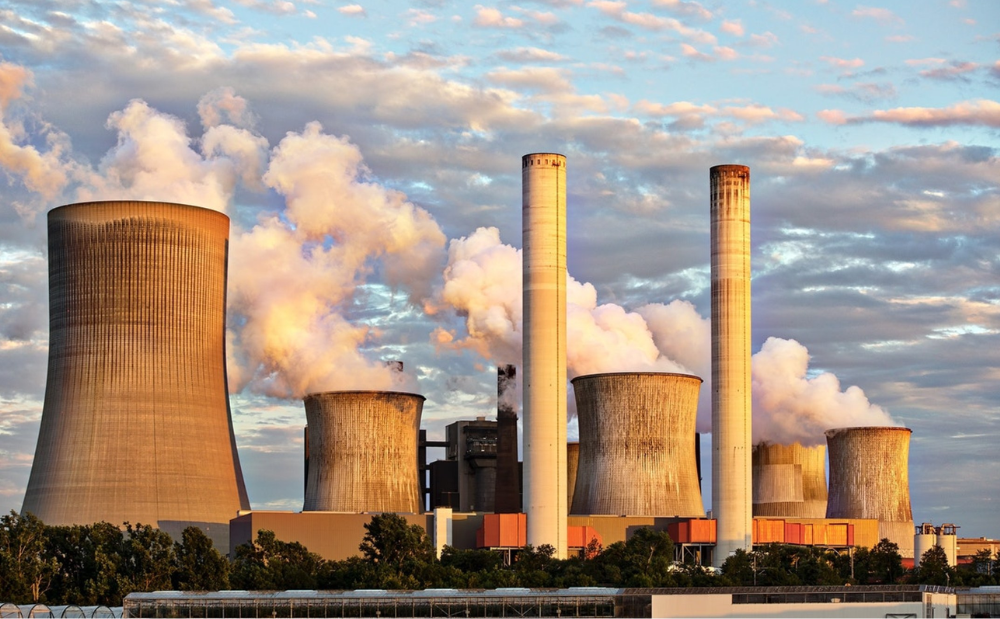
South Africa: Who Ends Up Paying If DMRE Cooks the Price of Nuclear Power?
-
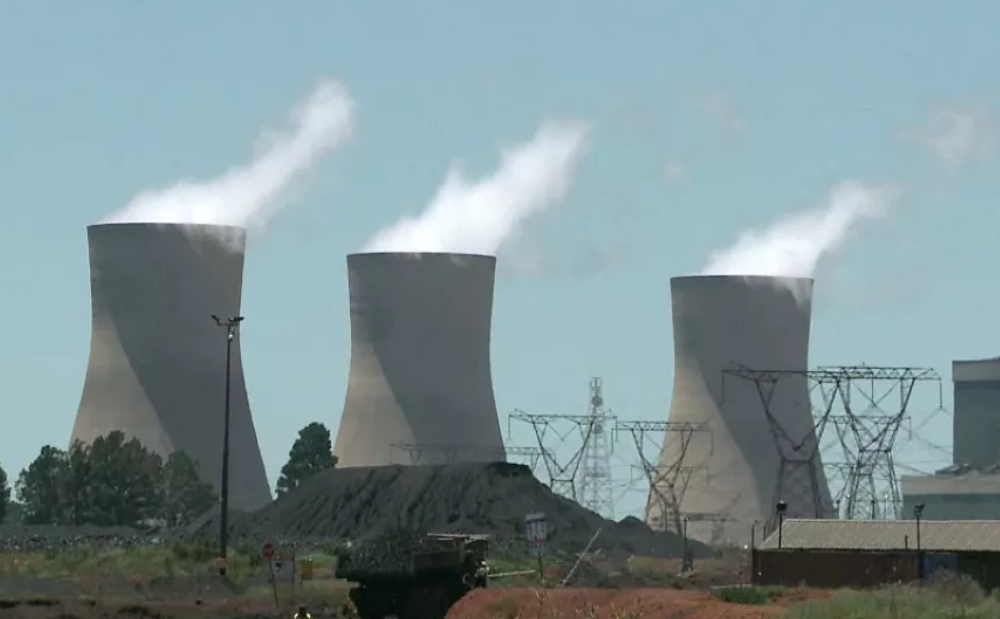
South Africa’s nuclear energy expansion plans continue to draw criticism, environmental NGOs chew over legal challenge
-
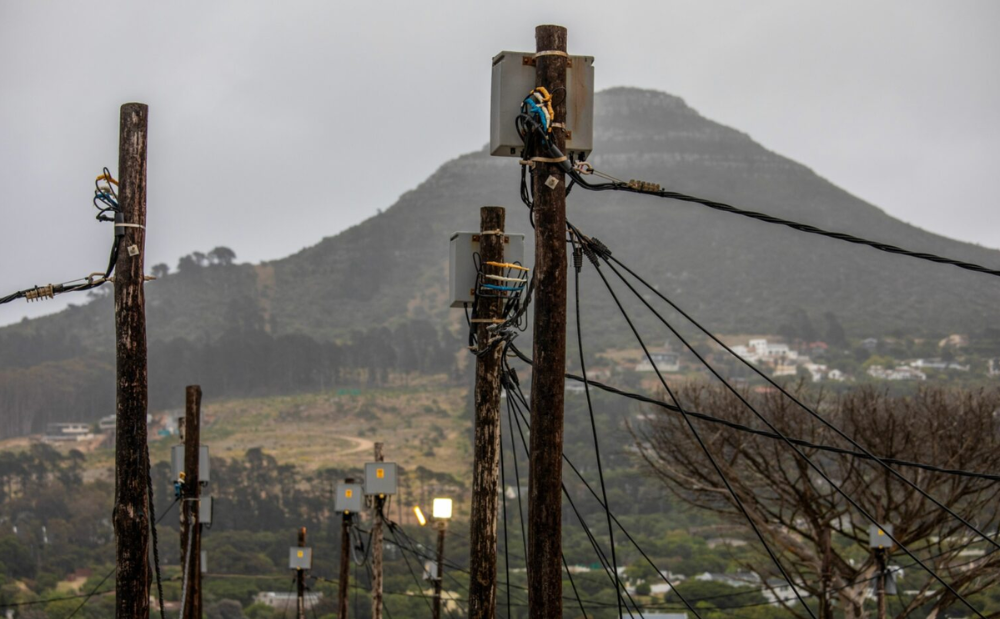
Earthlife Africa and SAFCEI respond to latest unsettling nuclear news regarding the ministerial determination
-
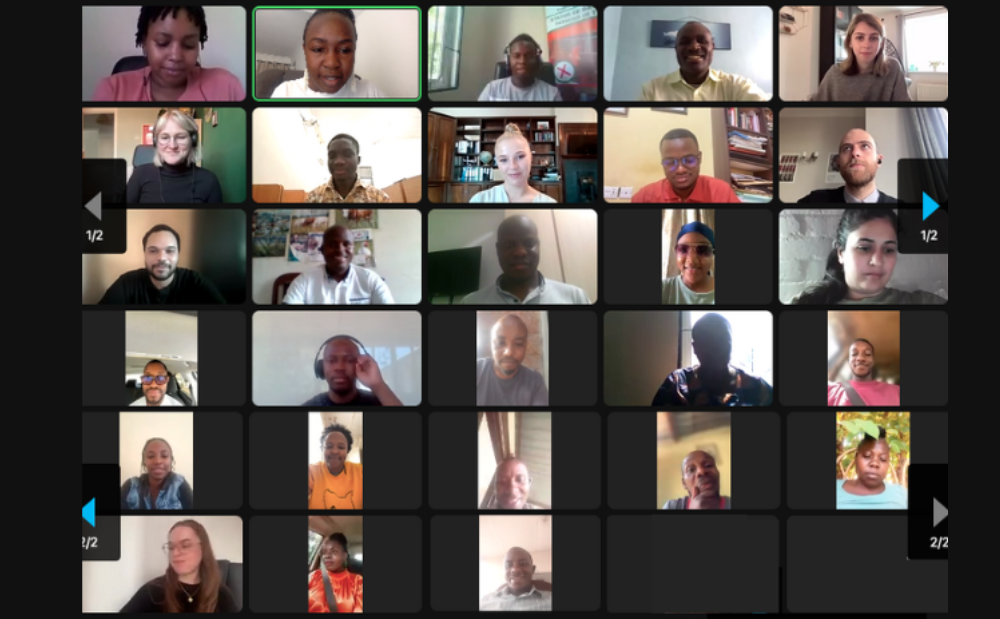
Open Wing Alliance Africa (Virtual) Summit 2023
-
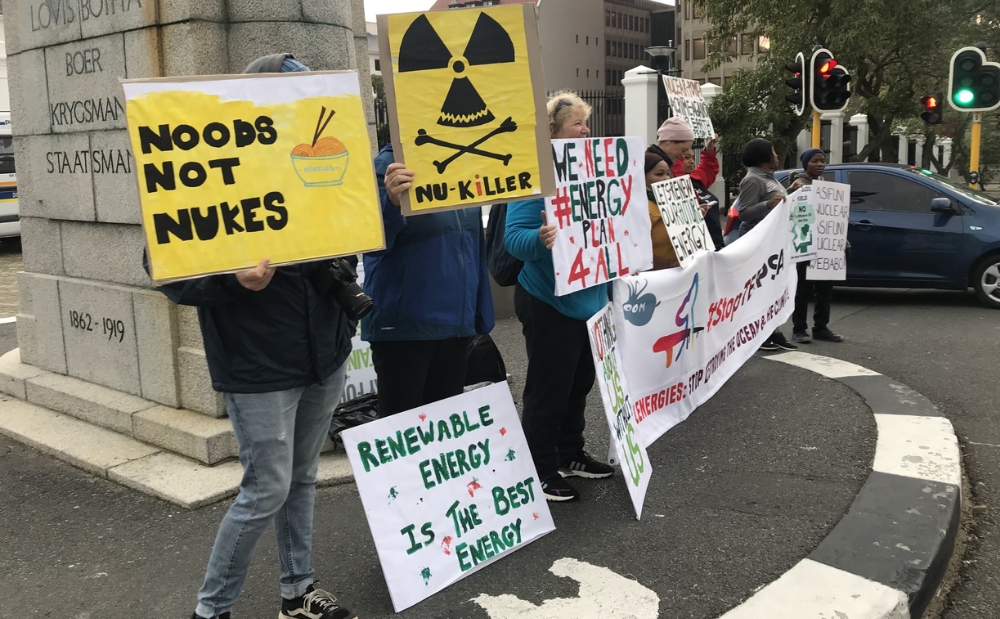
The Green Connection and SAFCEI respond to energy minister's divisive and deflecting comments
-

Job Vacancy: FLEAT Coordinator


